February 26, 2021
During Black History Month, we’ve recapped the brand and company news and trends we saw related to the culture, content and conversations around this important moment in time. This week is our final installment.
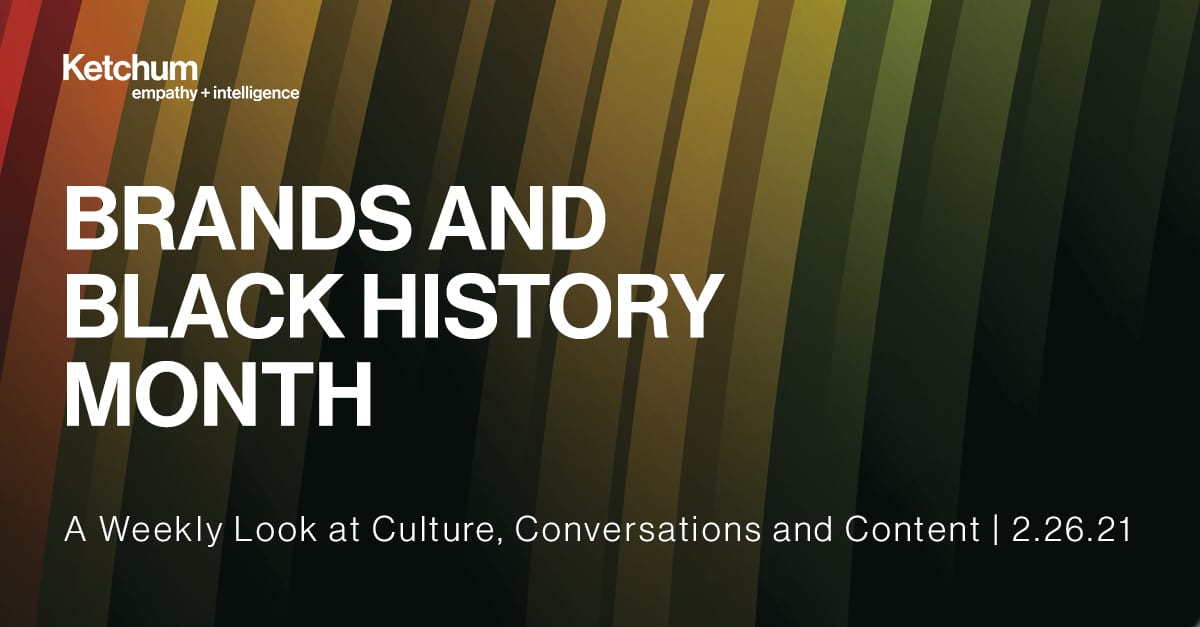
During Black History Month, we’ve recapped the brand and company news and trends we saw related to the culture, content and conversations around this important moment in time. This week is our final installment.

As Black History Month (BHM) 2021 comes to an end, we continue to see brand and corporate announcements about initiatives to celebrate and build up the Black community juxtaposed against a larger societal focus on inequities that still exist—and efforts to draw attention to them.
There’s increased awareness and a call to action for corporations to move beyond using BHM as the only moment in time to highlight how they’re supporting the Black community. Opinion pieces warn of the dangers of commodifying BHM with potential disingenuous corporate actions. More than ever, actions are more important than words, and consumers are holding corporate America accountable.
Other dominant themes from the past week include Black influencers pushing for fair compensation related to their development of sponsored content. After the events of 2020, many brands made an effort to incorporate more Black influencers into marketing campaigns; however, these partnerships are under scrutiny for lack of fair compensation, as influencers who don’t meet a certain volume of followers are sometimes offered in-kind product and affiliate links instead of payment.
Conversations about financial support for communities of color extended to policy discussions. One of the most-shared BHM-related news stories in the past week was the White House’s decision to increase lending to small businesses in need, which included Payment Protection Program changes meant to promote equitable access to relief. President Biden also conducted a roundtable with Black essential workers to gain insights about business relief disparities. These actions coincide with news about Black-owned businesses being hit harder during the pandemic that continues to come up in BHM conversations.
Related to a tighter focus on diversity by governments, some states are recognizing the importance of dedicated management and tracking of diversity initiatives for their population. Indiana recently named Karrah Herring the state’s Chief Equity, Inclusion and Opportunity Officer. Indiana joins 11 other states with similar roles, including Alabama, Delaware, Minnesota and Virginia. Her role and others like hers focus on closing disparity gaps at a state level.

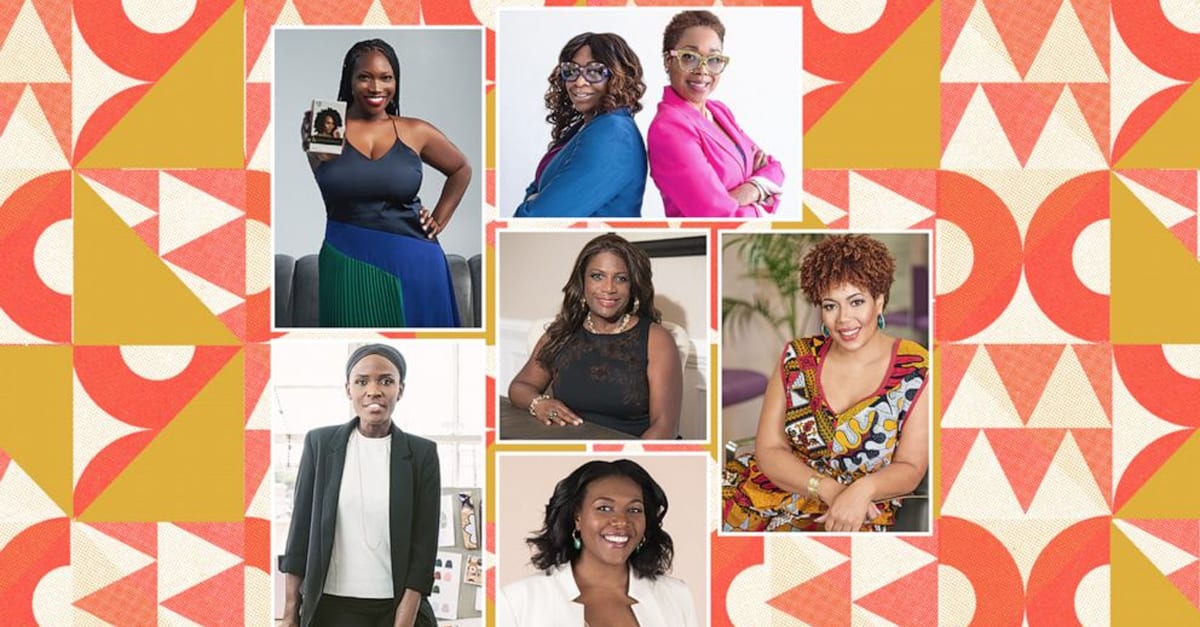
Today, intersectionality is everywhere, and the most-talked-about cultural moments and social issues are often viewed from multiple identity perspectives. Columbia Law Professor Kimberlé Crenshaw coined the term intersectionality over 30 years ago to describe how race, class, gender and other individual characteristics “intersect” with one another and overlap.
Looking to Women’s History Month in March, it’s likely many of the most popular stories will be under the umbrella of “intersectional feminism.” Trending content from this week highlights the social stigmas Black women too often face*. Examples include:
This week also marks anniversaries of the murders of two unarmed Black men whose killings made national and international headlines. Nine years ago today (February 26, 2012), 17-year-old Trayvon Martin was killed by a neighborhood watch member while he was walking home from a local convenience store. And a year ago, 25-year-old Ahmaud Arbery was chased down, shot and killed while jogging.
This week Arbery’s mother, Wanda Cooper-Jones, filed a civil-rights lawsuit against the three men who killed him. While Arbery was killed on February 23, 2020, it wasn’t until May that his death became a national flashpoint after a graphic video of the encounter went viral. Conversations continue about Arbery and his mother in hopes that the added momentum will help pressure officials to hold the killers—and the local police and prosecutors accused of covering up the investigation—accountable for their actions.
*according to Spike Newswhip analysis of the last 7 days

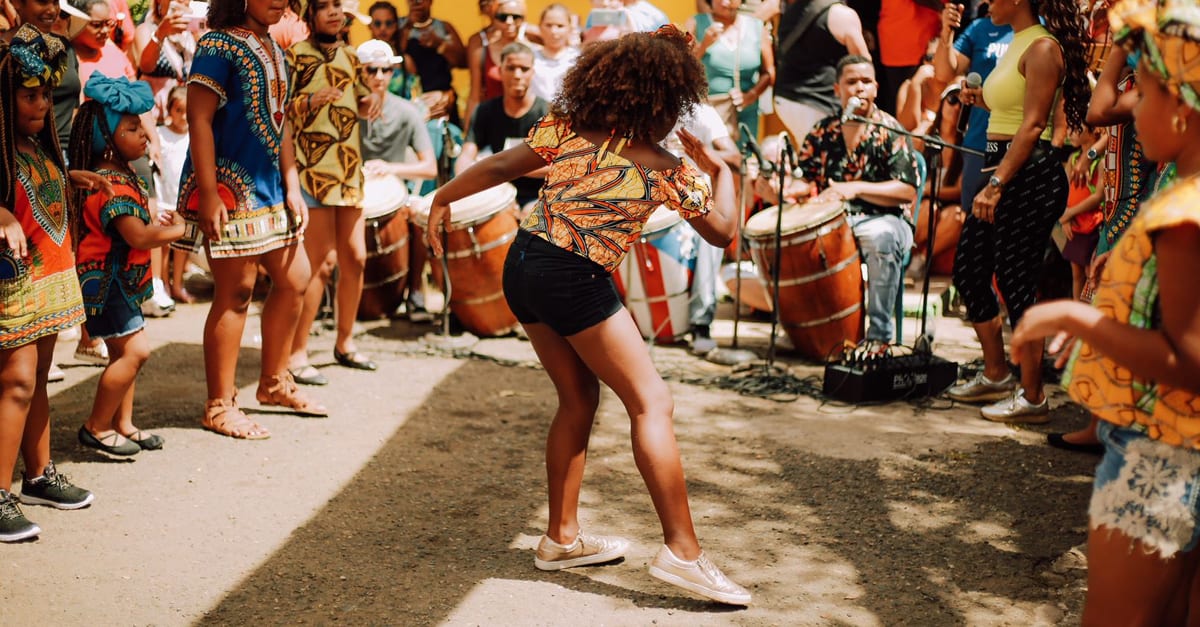
Although we’re seeing less coverage than the beginning of the month, we continue to see brands promoting special product collections, celebrating Black creators and unveiling initiatives to support the Black community. However, there’s an increased emphasis to discuss internal diversity efforts beyond just commemorative product lines—and why that focus is important.
Special Collections
Content Series/Art Initiatives
Community Programs and Support

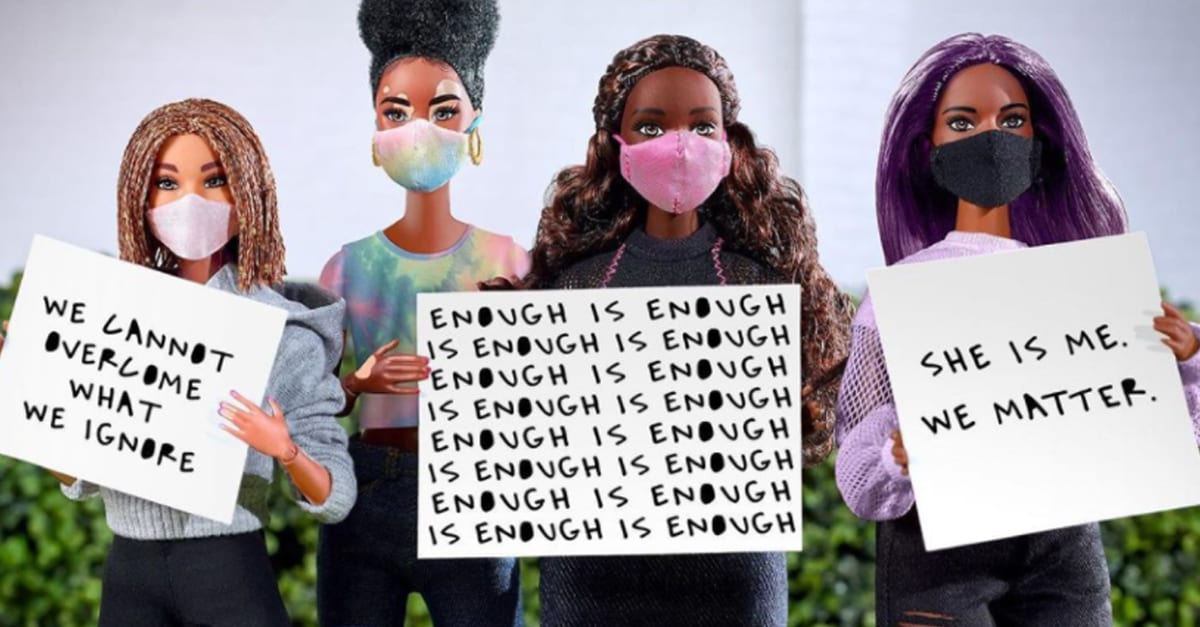
Stemming from the focus on women of color during BHM, trending social conversations are championing Black women’s historic accomplishments and the importance of Black joy and wellbeing.*
Black Woman “Firsts” and Historic Heroes
Promoting Joy and Wellbeing Among Black Women
Trending Brands and Influencers on Social Media in the Last Seven Days*
*according to Spike Newswhip analysis of the last 7 days

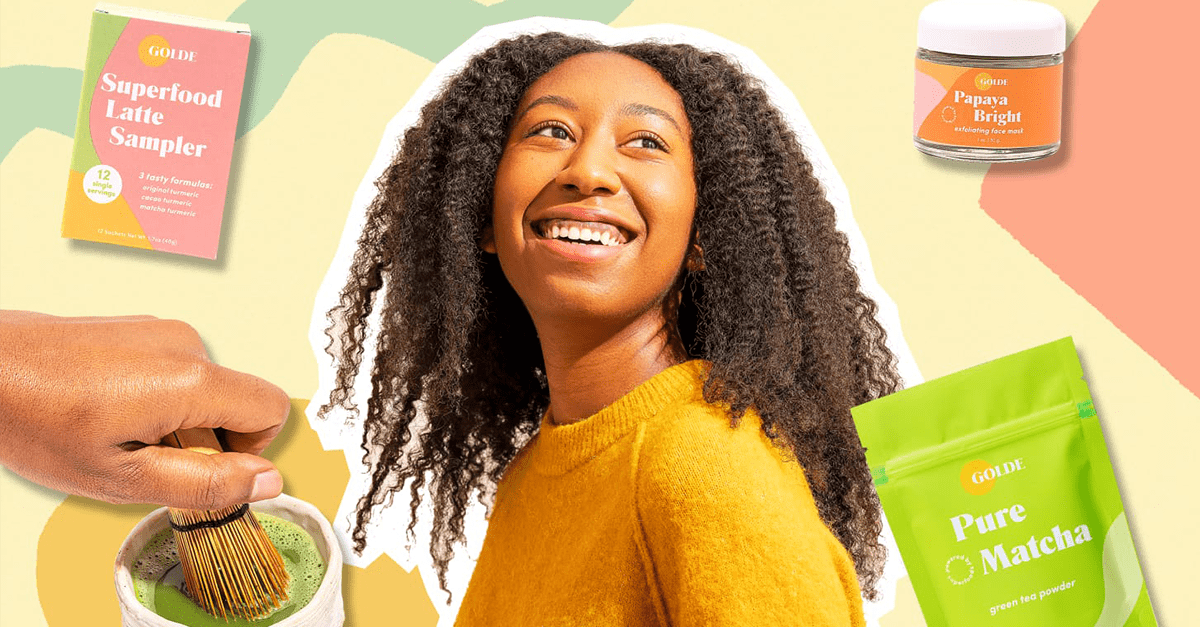
Trinity Mouzon Wofford (@trinitymouzon): Trinity is the co-founder of Golde, a line of superfood self-care routine products from face masks to smoothie boosters, now available at Target. Her personal ‘gram is dedicated to sharing a transparent look at entrepreneurship, documenting her experiences and learnings, helping more young people build, launch and scale their own businesses, and—of course—health and wellness.
Elyse Fox (@elyse.fox): Elyse Fox is a mother, entrepreneur, designer and mental health advocate committed to creating safe spaces for Black and Indigenous People of Color. She founded the Sad Girls Club, Sad Boys Org and Produced By Girls, organizations that promote community and provide resources for Black and People of Color to better their mental health. By creating an engaging, close-knit platform, she has been able to partner with brands such as Keds to elevate her online platform on Instagram.

Year over year, 2021 saw nearly double the overall Black History Month coverage (12,400+ articles) than 2020 (6,900+ articles). This year, brands were more prepared with their announcements in honor of BHM, as 2021 saw a spike in coverage early in the month vs. last year, where coverage was more evenly distributed throughout the month. Consider pre-seeding important announcements related to Black History Month with media and influencers in the weeks leading up to February to capitalize on top-of-mind focus for this moment in time.
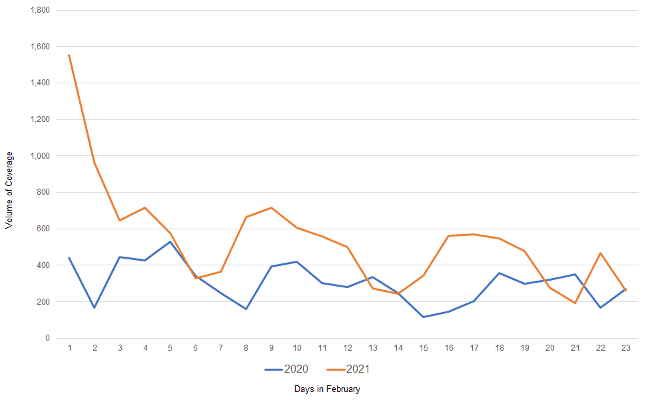
Source: Talkwalker, analysis of high-engaging online news and Twitter mentions in the U.S. related to Black History Month for Feb. 1-23, 2020 and Feb. 1-23, 2021.
Topic focus in Black History Month coverage shifted significantly in 2021 compared to 2020. Coverage and conversations of brand promotions shrunk YOY (35% of total coverage in 2020 vs. 24% of total coverage in 2021), while coverage of donations rose 10 percentage points, from 30% to 40% year over year. These trends suggest that brands are recognizing the importance of backing up announcements with action, effectively putting their money where their mouths are.
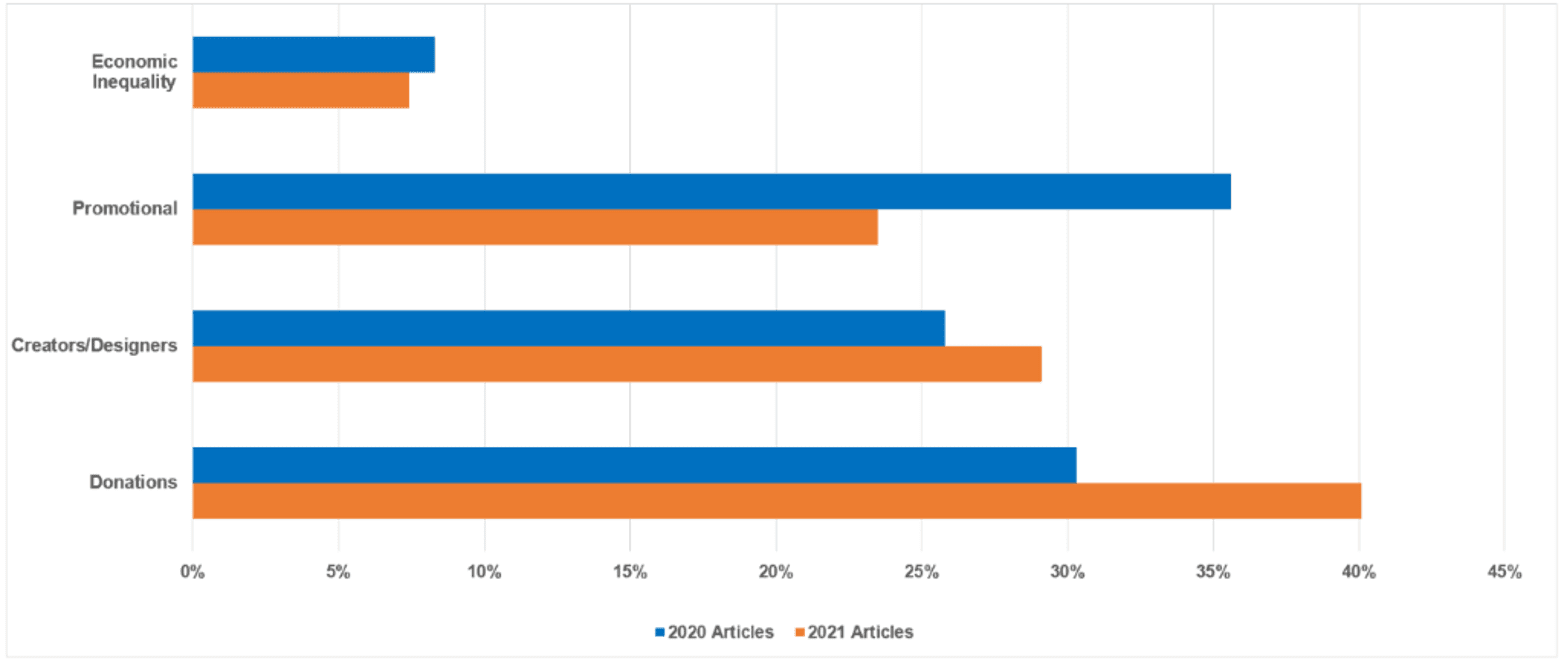
Source: Talkwalker, analysis of high-engaging online news and Twitter mentions in the U.S. related to Black History Month for Feb. 1-25, 2020 and Feb. 1-25, 2021.
See our previous content from February 5, February 12 and February 19.
Looking for guidance on how your company or brand should turn your heritage month activations into long-term, annual communications strategies dedicated to specific communities? Contact your client director or get in touch with a Ketchum communications consultant.